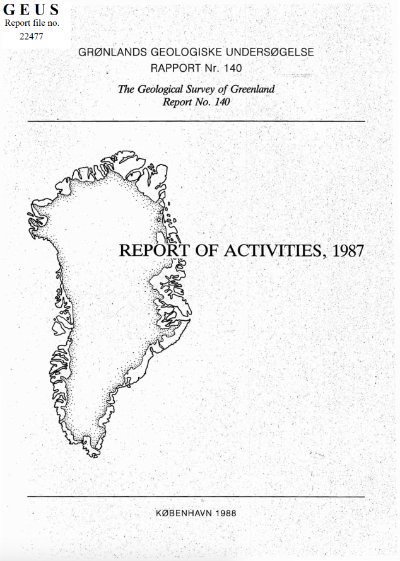Sedimentological studies of the fluviatile-shallow marine Upper Triassic to Lower Jurassic succession in Jameson Land, East Greenland
DOI:
https://doi.org/10.34194/rapggu.v140.8041Abstract
A three-year research fellowship programme supported by British Petroleum Development, London, was initiated in the summer of 1987. The main subject of the study is the Upper Triassic to Lower Jurassic succession in Jameson Land, East Greenland. This stratigraphic interval includes the Kap Stewart and the Neill Klinter Formations which have many features in common with some of the largest coeval hydrocarbon reservoir formations known in N.W. Europe (e.g. Statfjord fieid). The core of the project is a lithofacies analysis but ichnology, palynology, source-rock analyses and porosity/permeability analyses will be included where relevant. If possible, corresponding intervals from the Norwegian continental shelf will be included in the project. The aim of the project is: (1) to provide detailed and regional facies models for the two formations. Special stress wiIl be laid on the physical stratigraphic relations in order to ascertain if regional unconformities are present and what order of magnitude they may represent. (2) to establish a reservoir geological model which might help in the understanding of comparable reservoirs in the Norwegian-Greenland region. Particulal' attention will be paid to the geometry ofindividual sand bodies.
Downloads
Published
Issue
Section
License
This article is distributed under a CC-BY 4.0 licence, permitting free redistribution and reproduction for any purpose, even commercial, provided proper citation of the original work. Author(s) retain copyright over the article contents.


